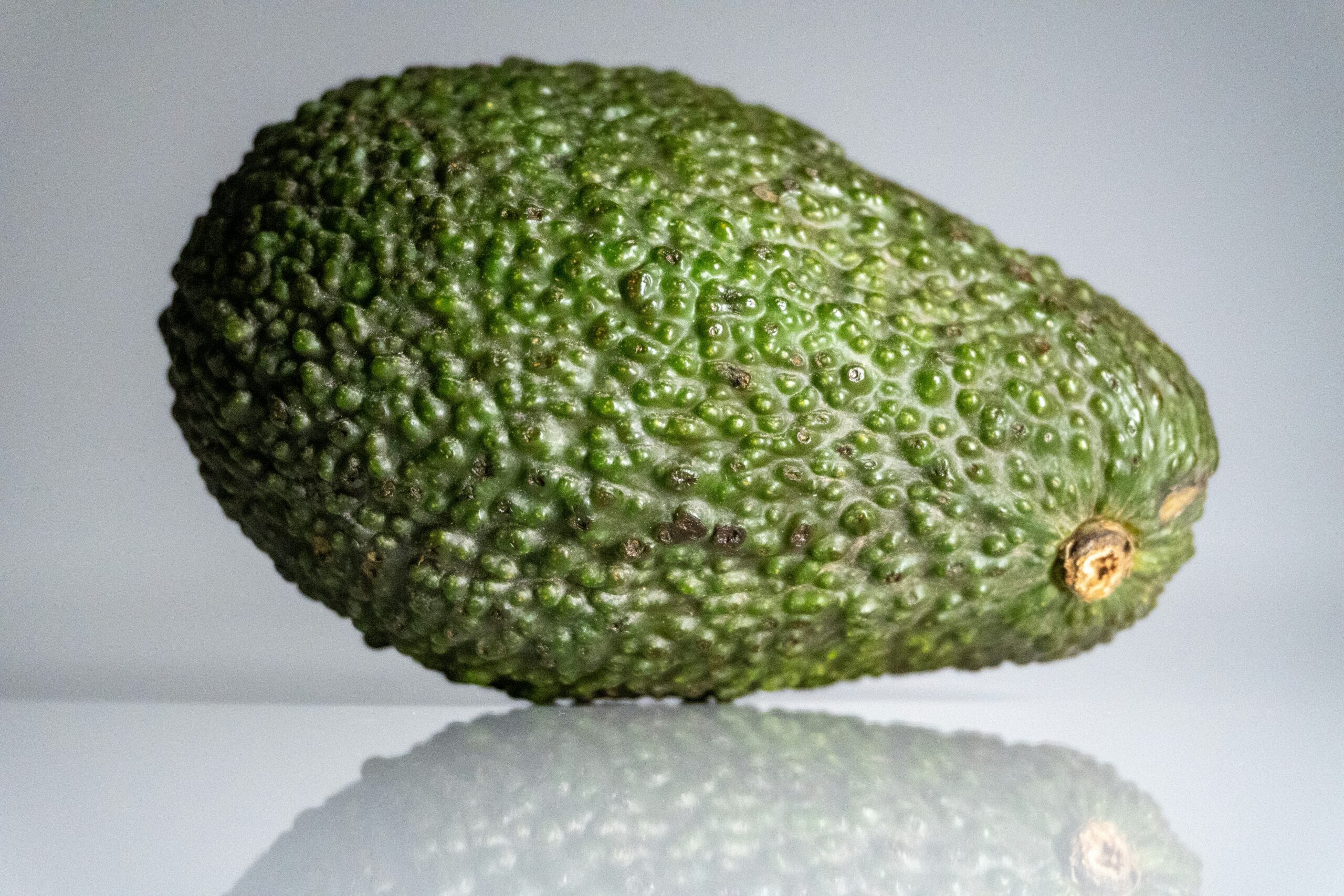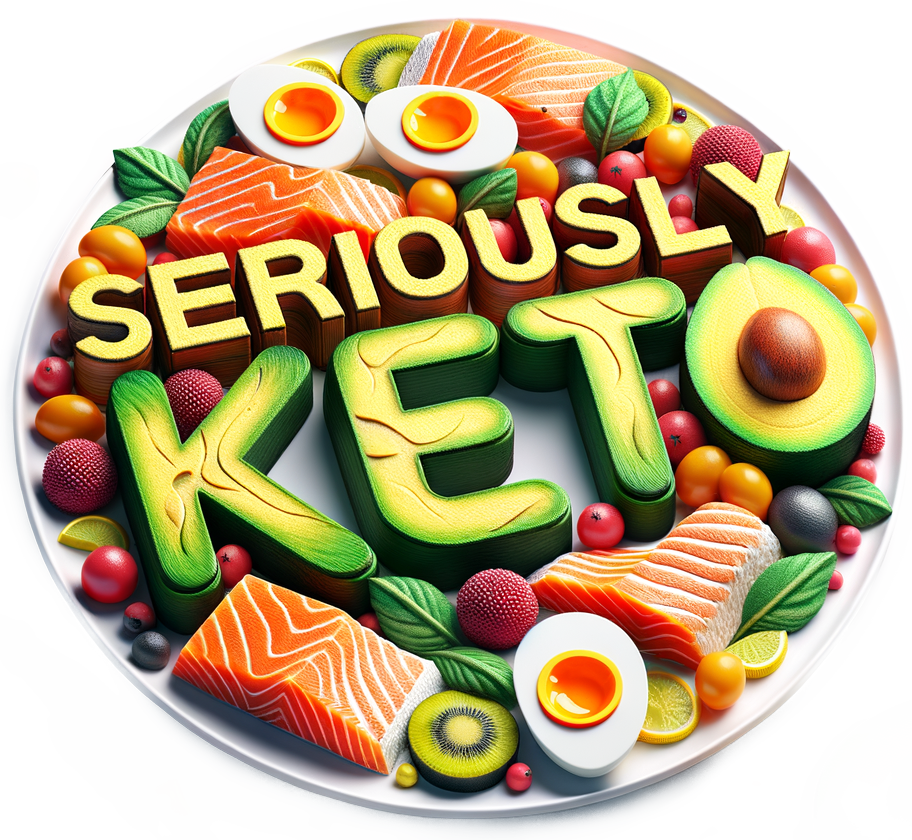Are you tired of restrictive diets that leave you feeling hungry and unsatisfied? Look no further! The ketogenic diet, or keto for short, has been gaining popularity for its ability to promote weight loss while still allowing for indulgence in delicious foods. But is there anything you can eat without limits on this low-carb, high-fat diet? Well, you might be surprised to find out that there are actually a few options that you can enjoy to your heart’s content without sabotaging your progress. So, get ready to dive into a world of keto-friendly foods that will keep you satisfied while on your weight loss journey.
Understanding Keto Diet Basics
What is a Keto diet?
A Keto diet is a high-fat, low-carbohydrate eating plan that aims to shift the body into a metabolic state called ketosis. In ketosis, the body begins to burn fat for fuel instead of carbohydrates. This process can result in weight loss and other health benefits.
Rationale behind Keto diet
The primary rationale behind the Keto diet is to restrict carbohydrate intake to a minimal level, typically around 5-10% of daily caloric intake. By limiting carbohydrate intake, the body is forced to rely on stored fat for energy, which can lead to weight loss. Additionally, the Keto diet can help regulate blood sugar levels and improve overall metabolic health.
How does your body enter ‘ketosis’?
When you follow a Keto diet and reduce your carbohydrate intake significantly, your body starts to deplete its glycogen stores, which are the primary source of energy derived from carbohydrates. As glycogen stores become depleted, the body begins to produce ketones from fat breakdown. These ketones serve as an alternative fuel source, and once their levels elevate, the body enters a state of ketosis.
Major nutrients involved
The key nutrients involved in a Keto diet are fats, proteins, and carbohydrates. Fats are emphasized as the primary source of energy, comprising approximately 70-75% of daily calories. Proteins are consumed moderately, comprising around 20-25% of daily calories. Carbohydrates are restricted to very low levels, typically under 50 grams per day or 5-10% of daily calories.
Defining ‘Unlimited’ in Diet Context
General perception of ‘unlimited’ foods
The term ‘unlimited’ often evokes thoughts of endless indulgence and the ability to eat without restraint. However, in the context of a Keto diet, ‘unlimited’ does not imply a free license to consume unlimited quantities of any food. Instead, it refers to foods that can be consumed without strict portion control due to their low carbohydrate content or minimal impact on ketosis.
Impact of overeating
Overeating, even on a Keto diet, can lead to weight gain and hinder progress towards weight loss goals. While certain foods may be allowed in larger quantities on a Keto diet, excessive calorie intake can still result in surplus energy that the body stores as fat. It is important to remember that overall calorie balance is still crucial for weight management.
Calorie-intake vs. satiety
While certain foods may be deemed ‘unlimited’ on a Keto diet, it is important to strike a balance between calorie intake and satiety. Focusing solely on consuming ‘unlimited’ foods without considering portion sizes can lead to excessive calorie intake. Prioritizing nutrient-dense, satiating foods can help maintain a healthy balance between calorie intake and feeling satisfied.

Common Keto-friendly Foods
High-fat foods
Keto-friendly high-fat foods include butter, coconut oil, avocado, nuts, and seeds. These foods are rich in healthy fats and low in carbohydrates, making them excellent choices for individuals following a Keto diet. However, portion control is still necessary to ensure a balanced intake of calories.
Proteins
Proteins are an essential component of a Keto diet, as they aid in muscle maintenance and repair. Keto-friendly protein sources include meats (such as chicken, beef, and pork), seafood, eggs, and dairy products. It is important to consume proteins in moderation to prevent excessive protein intake, which can be converted into glucose and potentially disrupt ketosis.
Non-starchy vegetables
Non-starchy vegetables, such as leafy greens, broccoli, cauliflower, zucchini, and peppers, are low in carbohydrates and high in fiber. These vegetables provide essential vitamins and minerals while adding variety and color to a Keto diet. They can be consumed in larger quantities compared to starchy vegetables, as their impact on blood glucose and ketosis is minimal.
Specific keto-friendly products
In addition to whole foods, there are specific keto-friendly products available in the market. These include low-carb bread, coconut and almond flour for baking, sugar substitutes, and keto-friendly snacks. While these products can be enjoyed in moderation, it is important to carefully read labels and consider their impact on ketosis and overall calorie intake.
The Myth of Unlimited Eating
The ‘free food’ misconception
The notion of ‘unlimited’ eating on a Keto diet can sometimes create a misconception that certain foods have no caloric impact. While some foods may be low in carbohydrates and have minimal impact on ketosis, they still contribute calories. It is crucial to remember that all foods, regardless of their carbohydrate content, contain calories that can affect weight management.
Potential issues of over-eating on a keto diet
Overeating, even on a Keto diet, can lead to weight gain and hinder progress towards weight loss goals. Consuming excessive amounts of ‘unlimited’ foods can result in an energy surplus, which the body will store as fat. It is essential to practice portion control and mindful eating even when consuming Keto-friendly foods.
The role of portion control
Portion control plays a significant role in managing calorie intake on a Keto diet. While certain foods may have minimal impact on ketosis and can be consumed in larger quantities, it is important to be mindful of overall calorie intake. Monitoring portion sizes, listening to hunger cues, and practicing mindful eating can help maintain a healthy balance.

Low-calorie Keto Foods
Leafy greens
Leafy greens, such as spinach, kale, and lettuce, are excellent low-calorie options for a Keto diet. They are rich in vitamins, minerals, and fiber while being low in carbohydrates and calories. Including a variety of leafy greens in your meals can add volume, nutrition, and satiety without significantly impacting calorie intake.
Cucumbers
Cucumbers are low in carbohydrates and calories, making them an ideal choice for keto-friendly snacking. They are hydrating and refreshing, providing a satisfying crunch while being low in net carbs. Cucumbers can be enjoyed as a snack, added to salads, or used as a base for refreshing summer soups.
Celery
Celery is another low-calorie Keto-friendly vegetable that can be enjoyed as a snack or added to various dishes. It is high in fiber and has minimal impact on blood sugar levels. Celery can be paired with dips, used as a crunchy addition to salads, or incorporated into stir-fries for added texture and flavor.
Zucchini
Zucchini is a versatile vegetable that can be used in many low-calorie and low-carbohydrate dishes. It can be spiralized into noodles, used as a base for pizzas, or added to soups and stews. Zucchini is low in calories and carbohydrates, making it an excellent choice for adding volume and texture to meals.
Impact of Overeating on Ketosis
Excess protein effect
Overconsuming protein on a Keto diet can potentially interfere with ketosis. While protein is an essential macronutrient, excessive intake can result in gluconeogenesis, a process in which protein is converted into glucose. This can lead to increased blood sugar levels and hinder the body’s ability to enter and sustain ketosis.
Too many keto-friendly carbs
Although many carbohydrates are restricted on a Keto diet, it is still possible to overconsume keto-friendly carbs. While these carbohydrates may have a lower impact on blood sugar and ketosis, excessive consumption can hinder progress on a Keto diet. It is important to be mindful of portion sizes and overall carbohydrate intake to maintain ketosis.

How to Monitor Your Keto Diet
Importance of meal planning
Meal planning is essential for successfully following a Keto diet. Planning your meals in advance allows you to ensure that you are meeting the macronutrient ratios and staying within your daily carbohydrate limit. It also helps you avoid impulsive food choices that may not align with your dietary goals.
Tracking macronutrients
Tracking macronutrients, particularly carbohydrates, fats, and proteins, is crucial for monitoring your Keto diet. There are various mobile apps and online resources available that can assist in tracking macronutrient intake. By monitoring your macronutrient ratios, you can ensure that you are staying on track with your ketogenic goals.
Using keto diet apps
Keto diet apps can be a useful tool for tracking and managing your Keto diet. These apps often provide a database of food items, along with their macronutrient profiles, allowing you to track your intake and monitor your progress. They can also offer recipe ideas, meal plans, and educational resources to support your ketogenic journey.
Avoiding Keto Pitfalls
Hidden carbohydrates in foods
One common pitfall of a Keto diet is consuming hidden carbohydrates found in certain foods and condiments. It is important to read food labels carefully and be aware of hidden sources of carbohydrates, such as sugar alcohols, sauces, and marinades. By paying attention to ingredient lists and nutritional information, you can avoid unintentionally consuming excess carbohydrates.
Eating too little fat
While a Keto diet emphasizes high fat intake, it is possible to unintentionally eat too little fat, leading to inadequate calorie intake and potential nutrient deficiencies. It is important to choose nutrient-dense sources of fat, such as avocados, olive oil, and nuts, to ensure that you are meeting your caloric and nutritional needs.
Overconsumption of protein
Maintaining a moderate protein intake is crucial on a Keto diet. Consuming excessive protein can result in the conversion of amino acids into glucose through gluconeogenesis, which can hinder ketosis. It is important to prioritize moderate protein intake and focus on obtaining adequate fats and non-starchy vegetables as the primary sources of calories.
Balancing Nutrient Intake
Minimizing nutrient deficiencies
While a Keto diet can be effective for weight loss and other health benefits, it is essential to pay attention to nutrient deficiencies that may arise from the restrictive nature of the diet. To minimize the risk of nutrient deficiencies, it is important to incorporate a variety of foods, such as leafy greens, fatty fish, nuts, and seeds, into your meals.
Incorporating variety into a Keto diet
Including a variety of foods in your Keto diet is important not only for meeting nutrient needs but also for maintaining enjoyment and preventing food monotony. Explore different sources of healthy fats, experiment with new low-carbohydrate recipes, and incorporate a wide range of non-starchy vegetables to ensure a balanced and diverse dietary pattern.
Staying Satisfied on Keto Diet
Eating sufficient fiber
Fiber is an important component of a healthy diet, promoting digestive health, satiety, and blood sugar control. While carbohydrates are limited on a Keto diet, it is still possible to achieve sufficient fiber intake by including non-starchy vegetables, nuts, seeds, and low-carb fruits in your meals. Adequate fiber intake can help you feel fuller for longer and support overall gut health.
Including enough healthy fats
Healthy fats play a crucial role in a Keto diet, providing energy, promoting satiety, and aiding in nutrient absorption. Including sufficient amounts of healthy fats, such as avocados, olive oil, fatty fish, and nuts, is essential for feeling satisfied on a Keto diet. These fats not only add flavor but also contribute to the overall balance of macronutrients.
Satiating proteins
Proteins are known for their satiating effect, helping to keep you feeling full and satisfied on a Keto diet. While consuming an adequate amount of protein is important, it is also necessary to focus on high-quality protein sources. Lean meats, seafood, eggs, and dairy products can provide essential amino acids while keeping you satisfied throughout the day.
Hydration status
Staying hydrated is important for overall health and well-being, regardless of the diet you follow. On a Keto diet, water loss can occur more rapidly due to reduced carbohydrate intake. It is essential to drink enough water and electrolyte-rich fluids to maintain proper hydration. Adequate hydration can help prevent fatigue, support digestion, and facilitate weight loss on a Keto diet.
In conclusion, understanding the basics of a Keto diet is vital for successfully implementing and maintaining this eating pattern. While certain foods may be considered ‘unlimited’ on a Keto diet, it is essential to practice portion control and mindful eating to ensure a balanced intake of calories. By incorporating a variety of Keto-friendly foods, monitoring macronutrient intake, and avoiding common pitfalls, you can achieve your health and weight loss goals while enjoying the benefits of ketosis. Remember to prioritize nutrient-dense choices, stay satisfied by incorporating sufficient fiber and healthy fats, and maintain proper hydration throughout your Keto journey.

